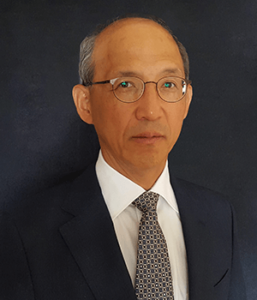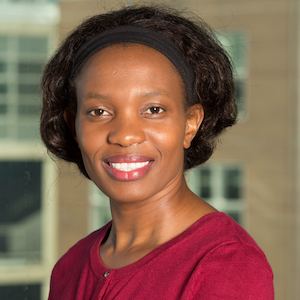
Fueled by panic, U.S. consumers have bought uncommonly large amounts of certain products during the pandemic: toilet paper, hand sanitizers, masks and more. The key word is panic, says Jaejin Jang, associate professor, industrial & manufacturing engineering, and panic-fueled buying is not new. For example, panic drove car drivers in the 1970s—facing an oil crisis—to join long queues at gas stations the minute their tanks dipped to half full.
“Panic increases demand and increased demand leads to supply shortages, which result in more panic,” said Jang. Compounding this during the current pandemic is the actual decrease in the supply of some products.

Jang is embarking on creating a mathematical model that quantifies the role panic plays in the supply chain. The UWM Research Office has gotten behind his idea and selected him to receive one of 14 Discovery and Innovation grants (DIG) in 2021. The one-year, $100,000 award will enable Jang and Wilkistar Otieno (co-PI) to create a supply planning model to assess and mitigate the impact of mass panic purchases of relief products. Researchers plan to start in early 2022 and complete their research by the end of the year. Jang will create the model, and Otieno will put it to the test—proving or disproving it using historical data.
UWM’s DIG program supports high-quality, innovative, early-stage basic or applied research or creative projects that have the potential for later submission at three times the award value through external funding.
With this research, Jang wants to discover if a government campaign could ease panic buying in the future.
He also hopes a successful mathematical model would be used in industry to determine the best way to re-introduce normal supply levels when they are available, so as to avoid panic buying: Incrementally or all at once?
Ideally, he says, high school students would learn about panic buying, so as to minimize future supply-chain disruptions of the current magnitude.
Jang’s research has included the control of supply chain under natural disasters. Otieno’s research has included predictive data analytics for manufacturing systems.